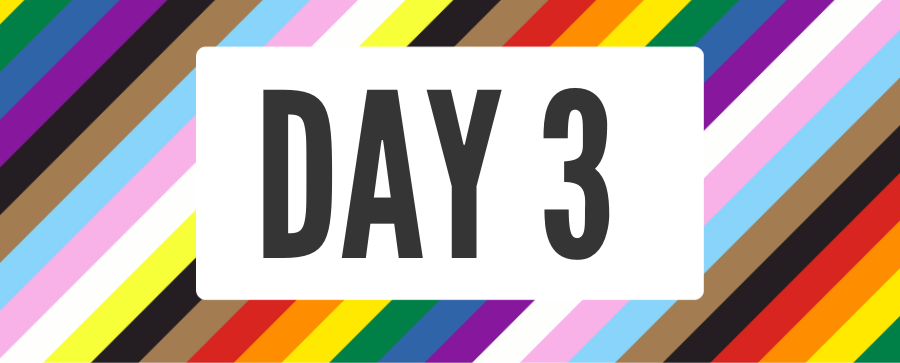
Sex Assignment
All of us, no matter who you are, how you look, or how you identify, share four things in common – we all have 1) a sex assigned at birth, 2) a gender identity, 3) gender expression, and 4) one or more sexual orientations. Over the next few days, we will unpack each of these and think about how they work to both unify us as well as highlight and celebrate our differences.
What is Sex Assigned At Birth?
For most people in the United States and much of Western society, sex assignment was determined by a doctor based on the appearance of their genitalia either via ultrasound or when they were born. Sex assignment can also take into account our body’s hormones (testosterone or estrogen) and our chromosomes (combinations of X and Y chromosomes). The terms most frequently used to describe sex assignment are male and female.
Intersex is a term that describes individuals who reflect a variety of conditions in which their reproductive or sexual anatomy doesn’t fit the typical definitions of male and female. For example, an individual might be born with external female genitalia while also have male-typical anatomy on the inside. Our country has a sordid history and practice of subjecting infants to non-lifesaving procedures to change natural variations in genital appearance or reproductive anatomy. These unnecessary surgeries are often associated with negative emotional and physical consequences, high complication rates, and are often done without the individual’s consent.
While it’s difficult to measure, intersex individuals make up at least 1.7% of the population. This number may seem small, but it’s almost exactly the same percentage of people who have naturally red hair. Consider how many individuals you know who have red hair, the likelihood is you know as many people who are intersex.
TODAY’S CHALLENGE
Watch:
- What Does Intersex Mean?, Inqueery | them (December 4, 2021). [7 minute video]
- A different kind of superpower: what it means to be intersex, Susannah Temko, TEDxLondon (June 11, 2019). [14 minute video]
Engage:
- October 26 is Intersex Awareness Day. Read 26 Ways Allies Can Support Intersex Awareness Day on 10/26 and identify ways you can bring awareness and create inclusive spaces for intersex people.
Discuss:
- How you would describe or identify your own sex assignment?
- What assumptions do you or others make about other people’s sex assignment? How might this impact you or other people?
